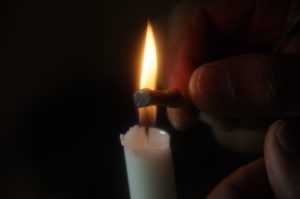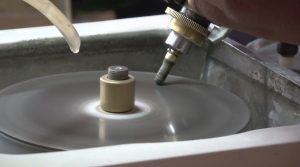In Madagascar, as everywhere else in the world, being a lapidary requires particular skills . The Malagasies, who are innately endowed with a peaceful personality, have naturally acquired the precice expertise and skills that are requested for this task , refined precision being one of them.
The particularity of the Ilakaka’s stone is the fact that it originates from an alluvial deposit (also referred to as secondary). It means that we do not find stones where they crystalized. Shaped by millions of years of movements, they are concentrated within gemmate gravels, in the form of rolled stones located in old prehistoric rivers, the paleo-channels.
 The Ilakaka’ stones are mostly sapphires, with 80% of them having a color that ranges from pink to purple. The remaining 20%, consist of all possible colors.
The Ilakaka’ stones are mostly sapphires, with 80% of them having a color that ranges from pink to purple. The remaining 20%, consist of all possible colors.
Over ten other mineral types, the most known being spinels, chrysoberyls, garnets or topazes, complement this magnificent collection.
How to observe a rough stone?
 The knowledge of stone cutting is an undeniable advantage and it is demonstrated that lapidaries are among the best traders. The experience arose from this practice; the touch, the acuteness of the eye to the colors are indispensable. All those elements enables to reveal the axis of crystallization, which will determine where the table should be oriented. It also allows to determine with precision the final weight or how the pre-shaping will have to be done in order to remove potential flaws such as fractures and any other inclusions. Those are only a few examples.
The knowledge of stone cutting is an undeniable advantage and it is demonstrated that lapidaries are among the best traders. The experience arose from this practice; the touch, the acuteness of the eye to the colors are indispensable. All those elements enables to reveal the axis of crystallization, which will determine where the table should be oriented. It also allows to determine with precision the final weight or how the pre-shaping will have to be done in order to remove potential flaws such as fractures and any other inclusions. Those are only a few examples.
Naturally, the mechanical divider also plays its role as it allows to maintain ideal proportions.
Long years of practice are essential to acquire the necessary skills and knowhow to highlight the beauty of a gem.